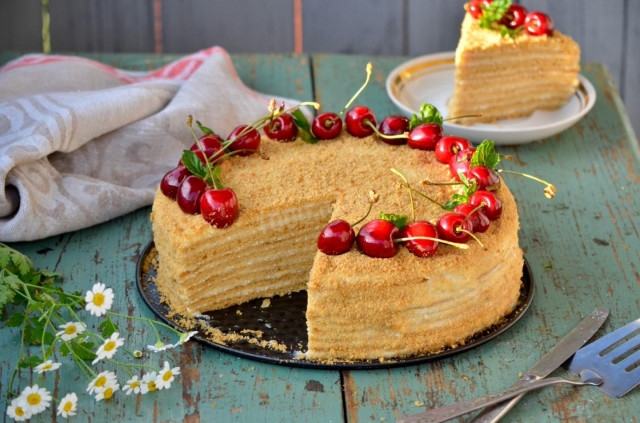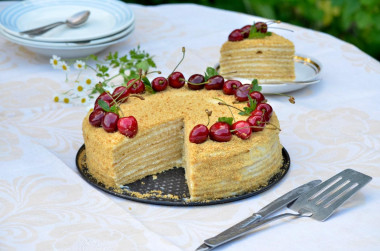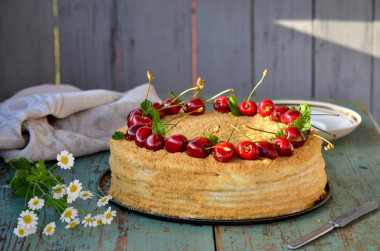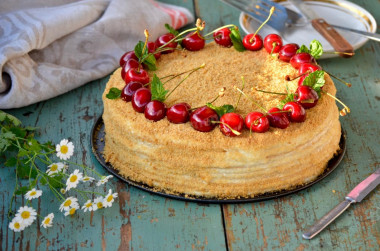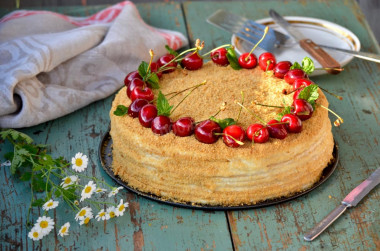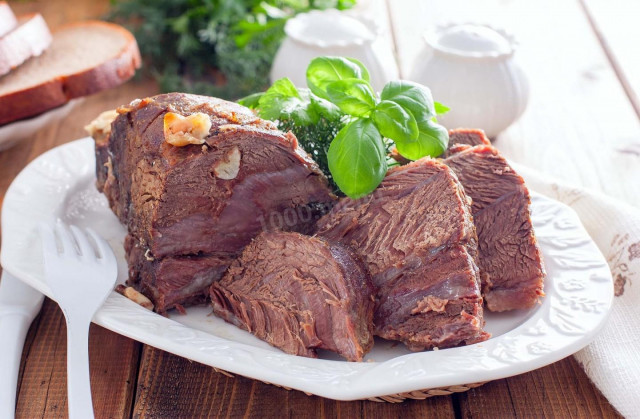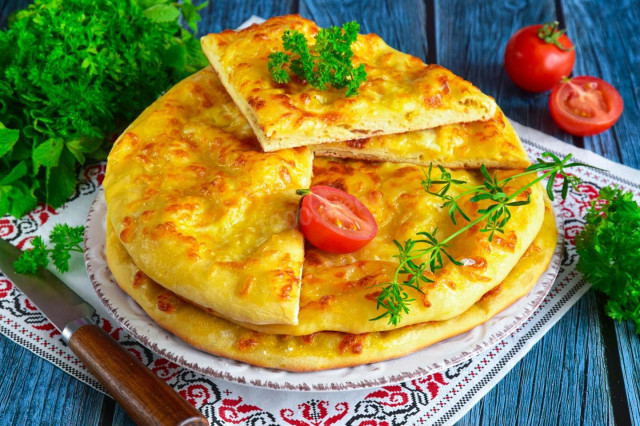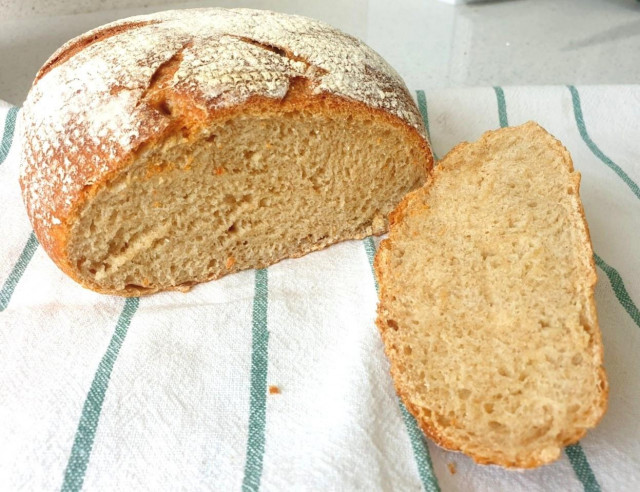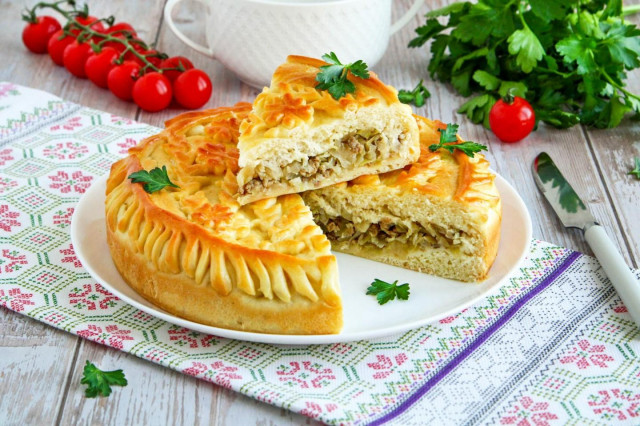Composition / ingredients
Step-by-step cooking
Step 1:
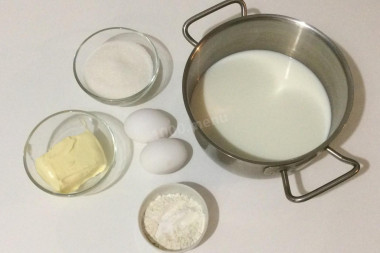
Let's start making the cake with the cream, it will need to cool down, just while the cakes are being baked. The oil should be taken out of the refrigerator in advance, it should be softened.
Step 2:
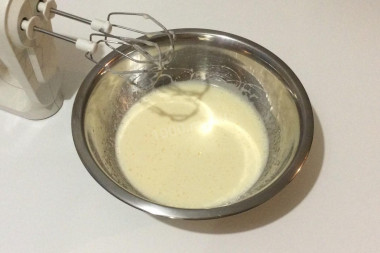
Beat eggs with sugar until fluffy, it should turn white and increase in volume.
Step 3:
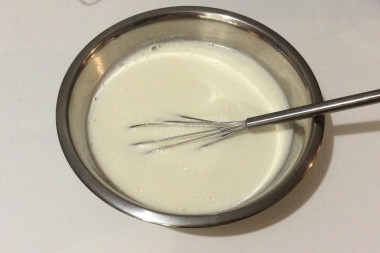
Milk is heated to a warm state and poured into the egg mass in a thin stream, constantly working with a whisk. Mix until smooth.
Step 4:
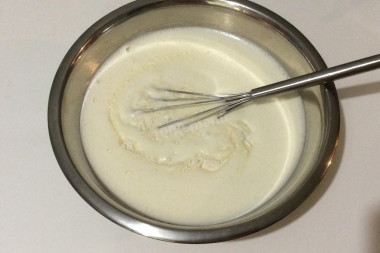
Add flour, stir.
Step 5:
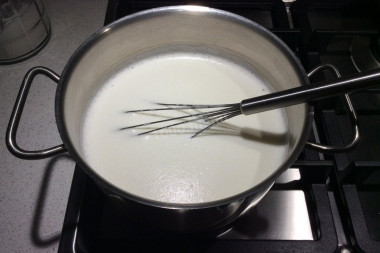
Pour the mass into a saucepan with a thick bottom and put it on a small fire. Cook, stirring constantly with a whisk.
Step 6:
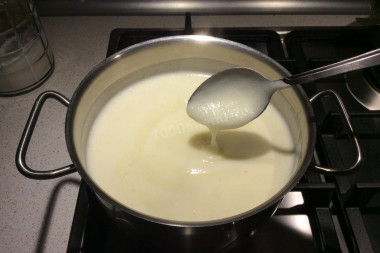
When the mass starts to thicken and the first bubbles appear, turn it off. It should turn out like condensed milk in consistency.
Step 7:
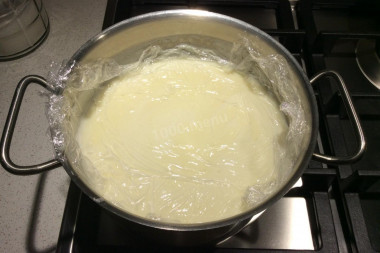
We cooked the base for the custard. It should cool down. To prevent a crust from forming on the surface, it must be covered with a food film "in contact", that is, the film is directly pressed to the surface of the cream.
Step 8:
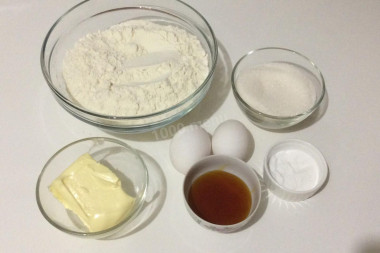
Let's do the cakes.
Step 9:
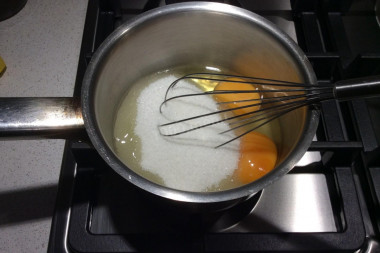
Put eggs and sugar in a saucepan with a thick bottom, put it on a small fire.
Step 10:
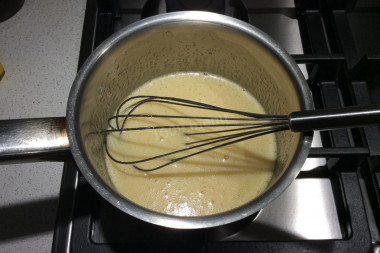
Lightly beating the eggs with a whisk, we wait for the sugar crystals to dissolve.
Step 11:
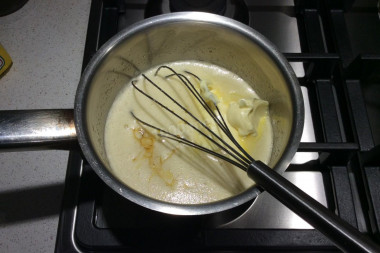
Put butter and honey in a saucepan, stir, wait until they melt.
Step 12:
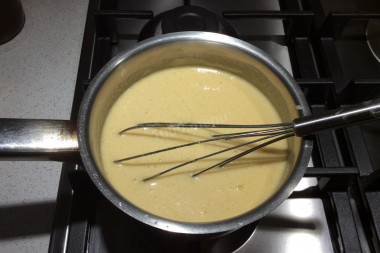
Pour in the soda, mix well. The mass will double in volume.
Step 13:
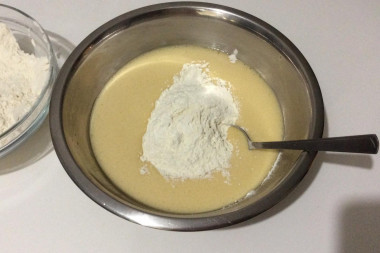
Remove the pan from the heat, pour the contents into a bowl. Add the sifted flour, but not all at once, but in portions, kneading the dough.
Step 14:
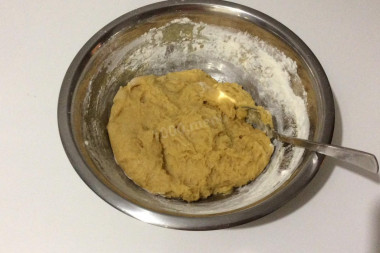
When the dough begins to gather into one lump, we dump it on the table, sprinkled with flour.
Step 15:
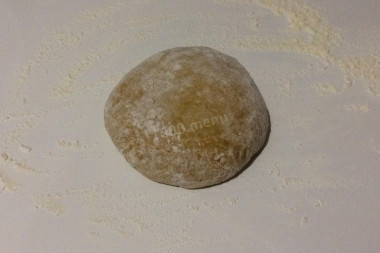
Knead a little more, then form a ball.
Step 16:
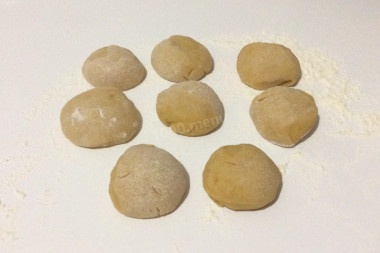
Divide the dough into identical balls. Their number depends on the diameter of the cakes that you plan to bake. Mine were about 22 cm, I divided into 8 balls.
Step 17:
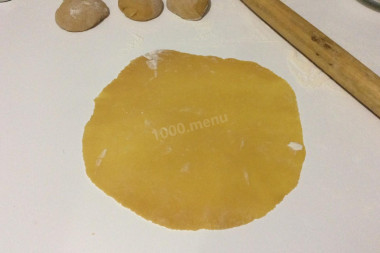
Roll out each ball into a circle so that the dough does not swell during baking, prick it with a fork.
Step 18:
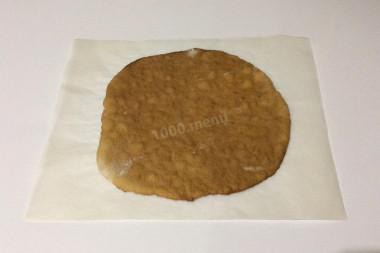
Bake in the oven, preheated to 180 degrees. I bake on parchment. It does not need to be lubricated with anything, these cakes do not stick. Cakes are baked very quickly, literally 4 minutes. Focus on the color, they should be gilded.
Step 19:
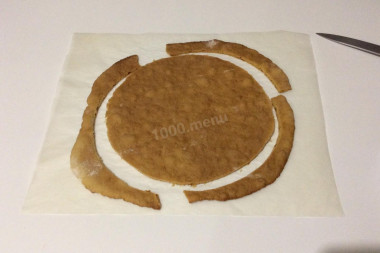
Cut the finished cakes in a circle, I use the bottom from the split mold. Do not throw away the trimmings, they will go to sprinkle the cake.
Step 20:
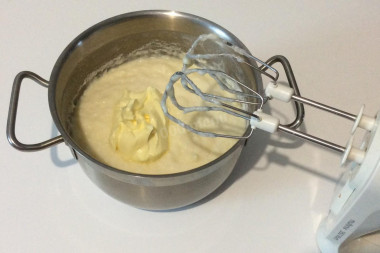
Meanwhile, the base for the cake has cooled down, put the butter in it and whisk until smooth and homogeneous.
Step 21:
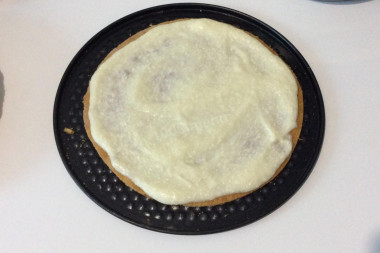
Let's start collecting the cake. The dishes in which it will be served, lubricate a little cream, put the first cake. lubricate it abundantly with cream.
Step 22:
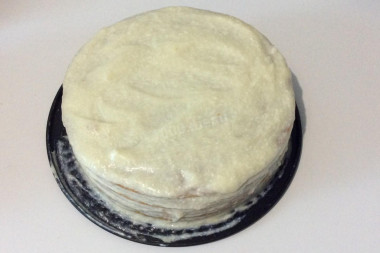
So we collect the cake to the top.
Step 23:
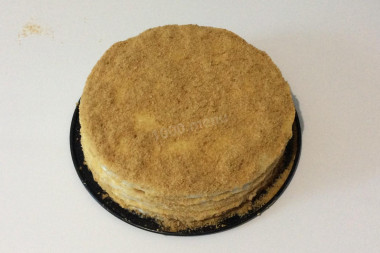
Cuttings from cakes are crushed, I did it in a blender, you can walk over them with a rolling pin. Sprinkle them thickly on the top and sides of the cake. The cake will taste better if it stays in the refrigerator for several hours.
If you are a beginner cook, then use a water bath when cooking the base for cream and the base for cakes. You can also not cut the cakes after baking, but immediately roll them out to the desired diameter. Then put one cake on crumbs.
Caloric content of the products possible in the composition of the dish
- Whole cow's milk - 68 kcal/100g
- Milk 3.5% fat content - 64 kcal/100g
- Milk 3.2% fat content - 60 kcal/100g
- Milk 1.5% fat content - 47 kcal/100g
- Concentrated milk 7.5% fat content - 140 kcal/100g
- Milk 2.5% fat content - 54 kcal/100g
- Chicken egg - 157 kcal/100g
- Egg white - 45 kcal/100g
- Egg powder - 542 kcal/100g
- Egg yolk - 352 kcal/100g
- Ostrich egg - 118 kcal/100g
- Honey - 400 kcal/100g
- Whole durum wheat flour fortified - 333 kcal/100g
- Whole durum wheat flour universal - 364 kcal/100g
- Flour krupchatka - 348 kcal/100g
- Flour - 325 kcal/100g
- Granulated sugar - 398 kcal/100g
- Sugar - 398 kcal/100g
- Butter 82% - 734 kcal/100g
- Amateur unsalted butter - 709 kcal/100g
- Unsalted peasant butter - 661 kcal/100g
- Peasant salted butter - 652 kcal/100g
- Melted butter - 869 kcal/100g
- Vanillin - 288 kcal/100g
- Baking soda - 0 kcal/100g

